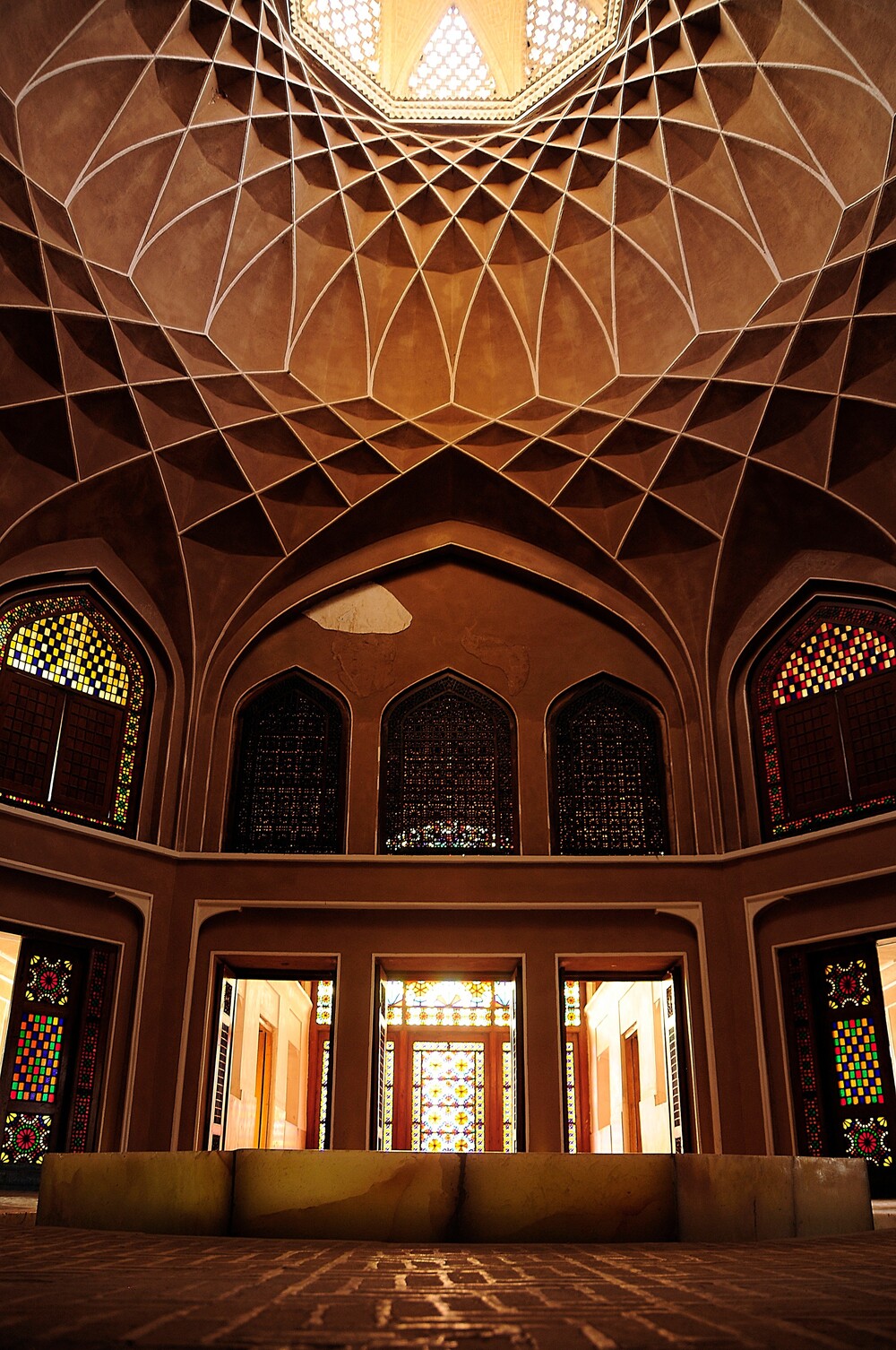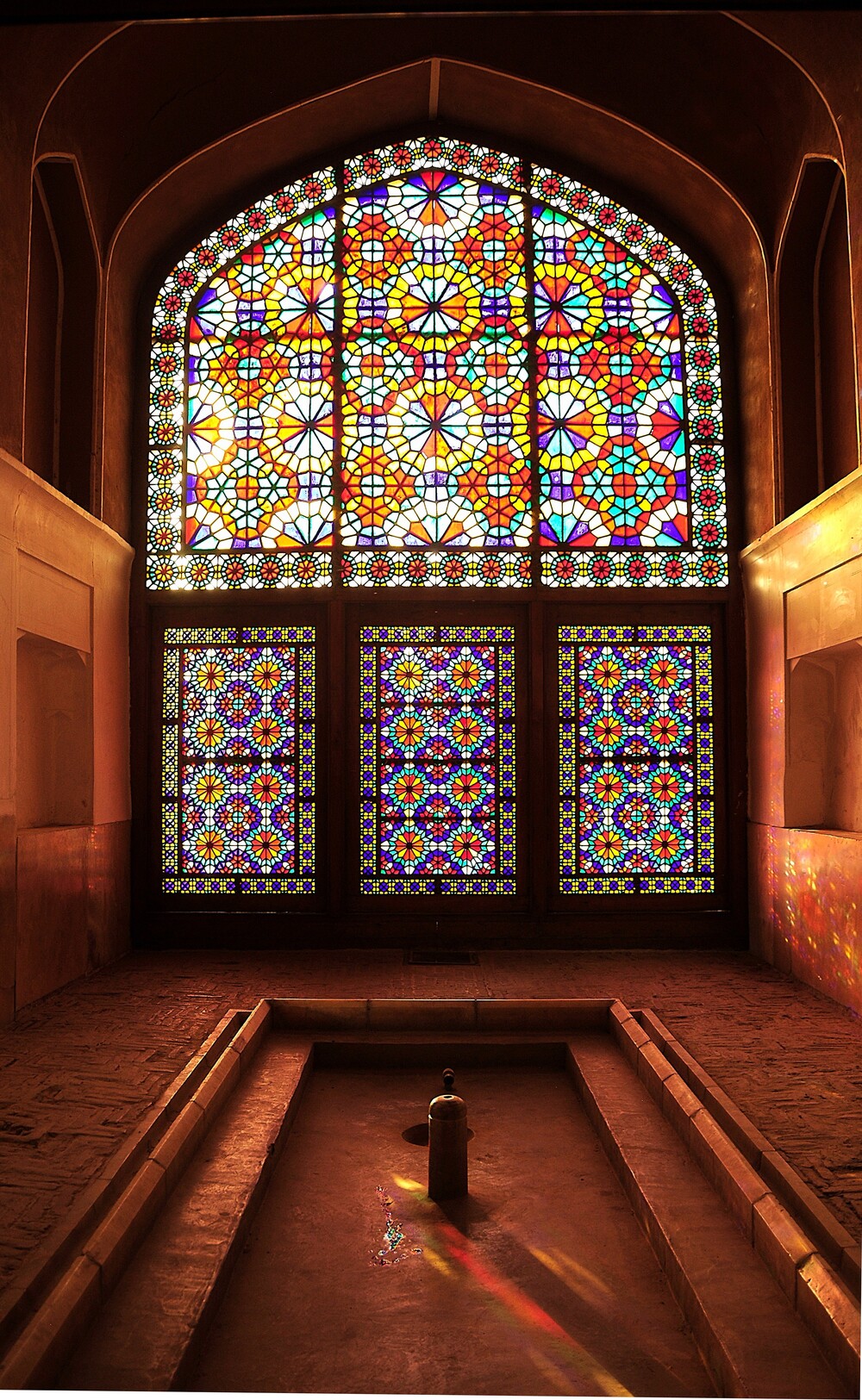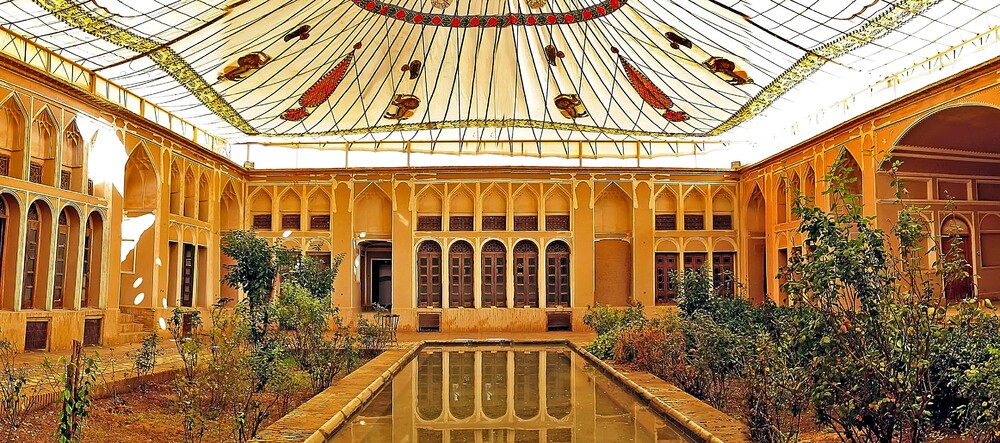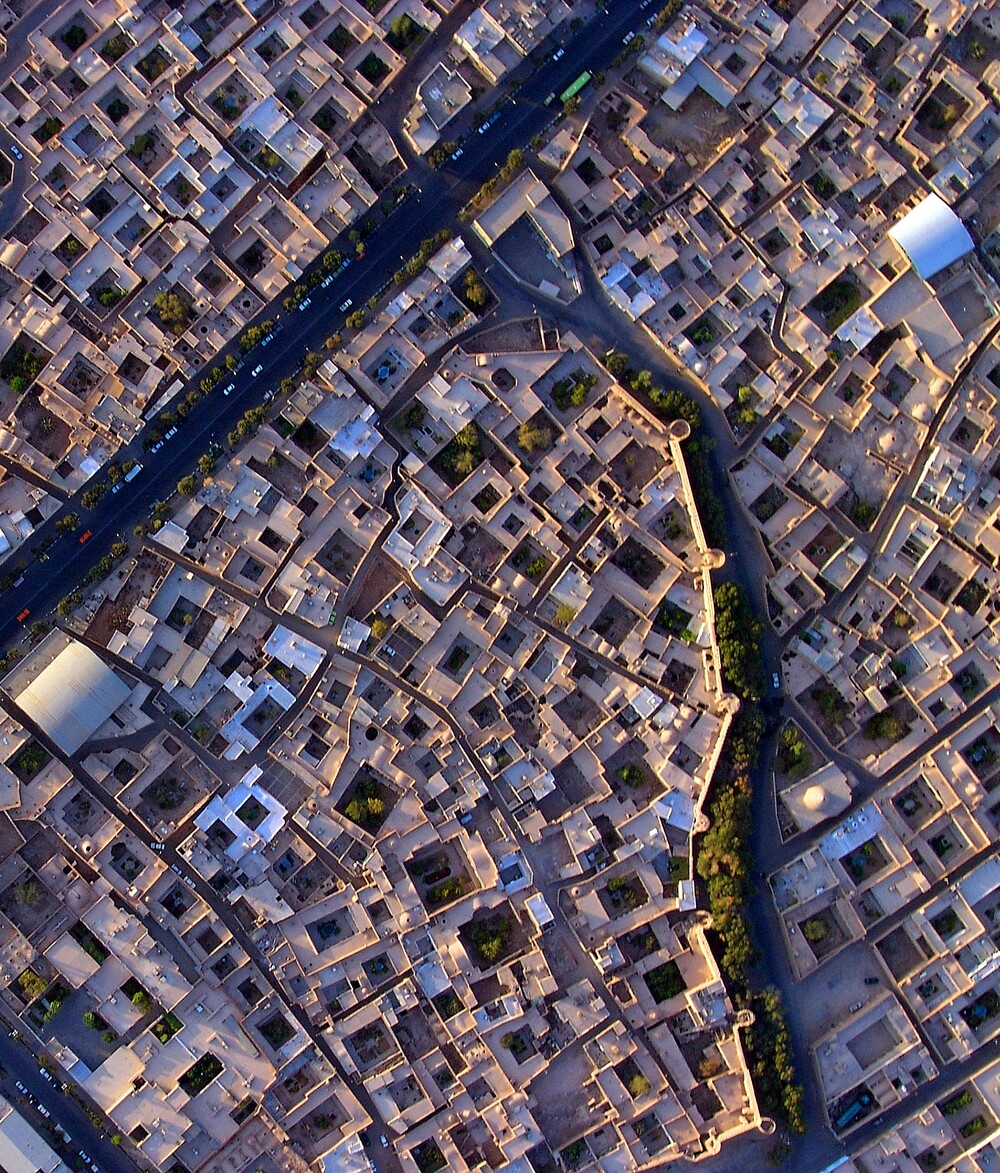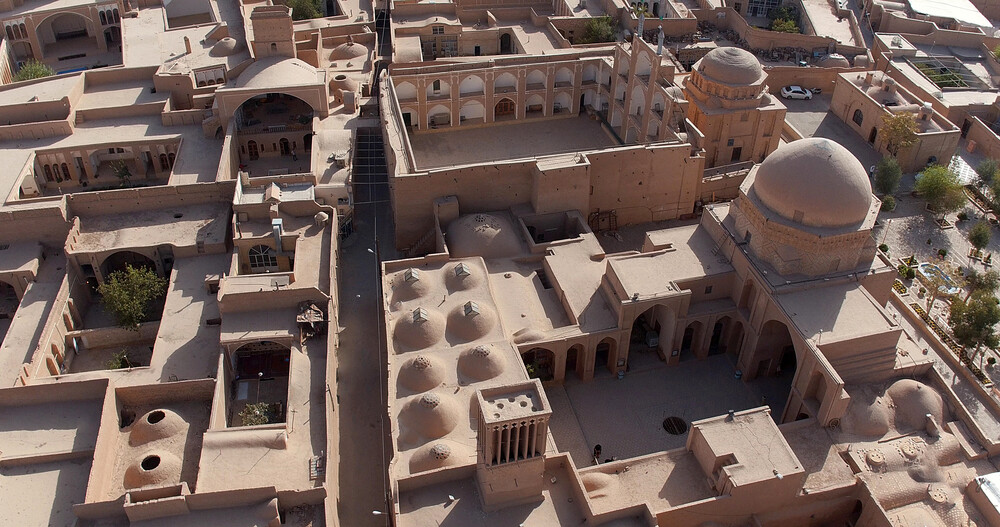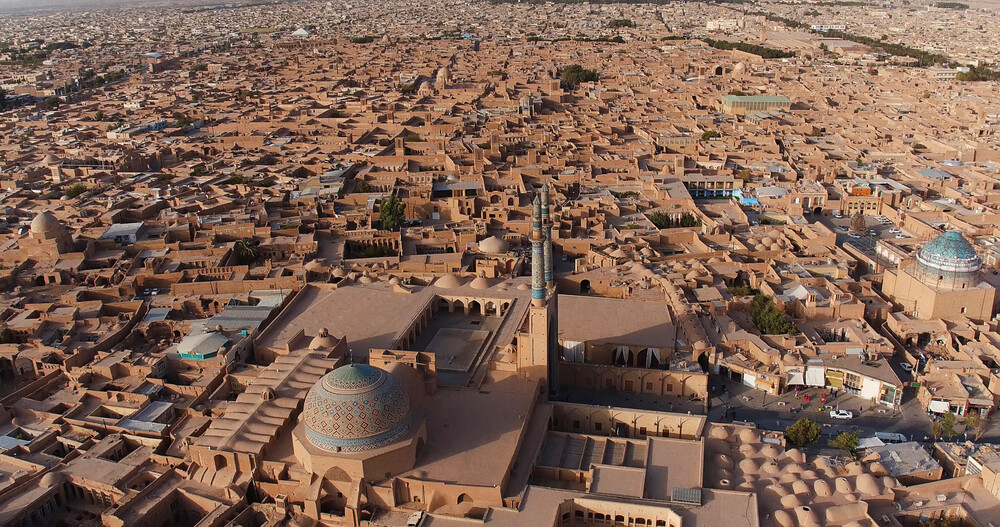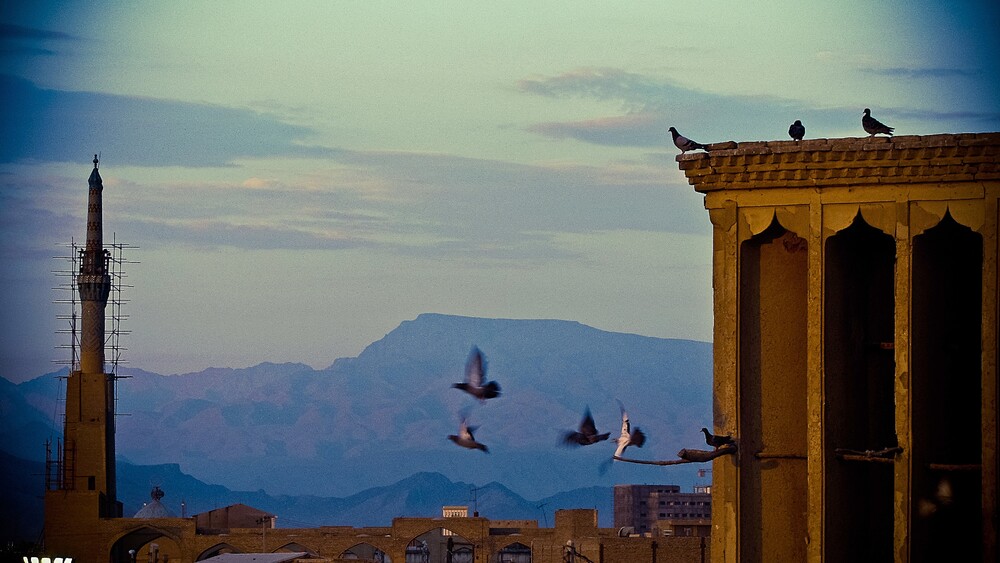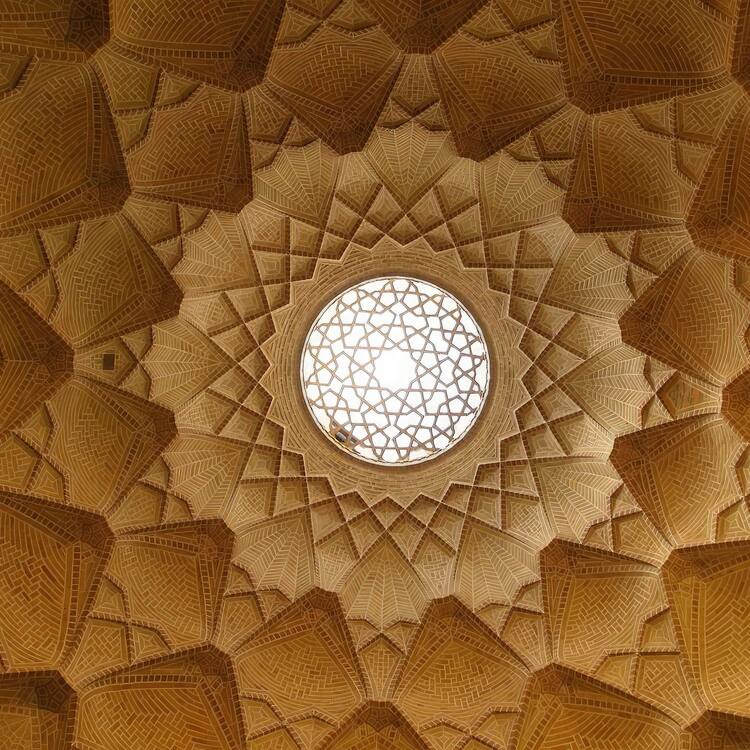Yazd is located in a desert climate, yet it has never been uninhabited throughout its long history. The main reason is that Iranians have managed to survive in arid lands through creativity and initiative. In Yazd, people used qanats and cisterns to access water. They also developed a unique architectural style to cope with the hot climate.
Because of all its unique features, Yazd has been inscribed on the UNESCO World Heritage List. July 9 marks the anniversary of this global recognition. On the occasion of this anniversary, Seyed Mahdi Talatyee-Moqaddam, the Cultural Deputy of Civil Affairs in Yazd’s Governate, released a message to commemorate the day.
He said: “The global registration of Yazd is a symbol of identity, authenticity, and the tireless efforts of people who have created a valuable and unique heritage for Iran and the world through their lives in the heart of the desert, filled with love.”
He emphasized that the city’s global recognition increases everyone’s responsibility to protect and enhance the quality of life in Yazd.
“With the help of the people and the cooperation of authorities, we are striving to take lasting and effective steps to improve the city’s infrastructure in a way that reflects the true value of its heritage.”
The official also noted that Yazd is known as: “The city of qanats, self-restraint, and prayer,”
“The city of work, cisterns, and earth.”
History of Yazd
The City of Yazd is located in the deserts of Iran close to the Spice and Silk Roads.
It is a living testimony to intelligent use of limited available resources in the desert for survival.
Water is brought to the city by the qanat system. Each district of the city is built on a qanat and has a communal center.
Buildings are built of earth. The use of earth in buildings includes walls, and roofs by the construction of vaults and domes.
Houses are built with courtyards below ground level, serving underground areas. Wind-catchers, courtyards, and thick earthen walls create a pleasant microclimate.
Partially covered alleyways together with streets, public squares and courtyards contribute to a pleasant urban quality.
The city escaped the modernization trends that destroyed many traditional earthen cities. It survives today with its traditional districts, the qanat system, traditional houses, bazars, hammams (bathroom), water cisterns, mosques, synagogues, Zoroastrian temples and the historic garden of Dolat-abad.
The city enjoys the peaceful coexistence of three religions: Islam, Judaism and Zoroastrianism.
The historic city of Yazd bears witness to an exceptionally elaborate construction system in earthen architecture and the adaptation of the ways of living to hostile environment for several millennia.
Yazd is associated with the continuity of traditions that cover social organization. These include Waqf (endowment) benefitting public buildings, such as water cisterns, mosques, hammams, qanats, etc. as well as developed intangible and multi-cultural, commercial and handicrafts traditions, as one of the richest cities of the world entirely built of earthen material, a quality which contributes to the creation of an environment-friendly microclimate.
It reflects diverse cultures related to various religions in the city including Islam, Judaism and Zoroastrianism, which are still living peacefully together and having a combination of buildings including houses, mosques, fire temples, synagogues, mausoleums, hammams, water cisterns, madrasehs (schools), bazaars, etc. as it can be seen in their traditional crafts and festivities.
Yazd is an outstanding example of a traditional human settlement which is representative of the interaction of man and nature in a desert environment that results from the optimal use and clever management of the limited resources that are available in such an arid setting by the qanat system and the use of earth in constructing buildings with sunken courtyards and underground spaces. Besides creating pleasant micro-climate, it uses minimum amounts of materials, which provides inspiration for new architecture facing the sustainability challenges today.
Today, Yazd possesses a large number of excellent examples of traditional desert architecture with a range of houses from modest ones to very large and highly decorated properties. In addition to the main mosque and bazaar which are in a very good state, each district of the historic city still has all its specific features such as water cisterns, hammams, tekiehs (placing dedicated to Muharram mourning), mosques, mausoleums, etc.
Authenticity
Being a living dynamic city, Yazd has evolved gradually with some inevitable changes. However, there are still many qualities which allow Yazd to meet conditions of authenticity, including those related to the continuity of its intangible heritage.
Yazd is recognized as the place where religious festivals and pilgrimages have a special dimension. Bazaar is still in function, with addition of a few shops specifically addressing the tourist market. Also a large part of the historic city is still inhabited (with a rate of 80% private ownership). On the other hand, some elements have lost their original use but there are new ideas for their adaptive re-use.
A part of the University of Yazd has been established in the historic city. There are also some hotels and restaurants that are operating within some of the existing structures which have been rehabilitated and restored by keeping their main physical elements and minimizing interventions.
This has had a positive influence in terms of authenticity linked to location, setting, form, design and materials. Apart from the changes that have occurred throughout the 20th century, the property boasts plenty of well-preserved buildings and public spaces. In all interventions, priority has always been given to traditional techniques whenever restoration works were needed.


